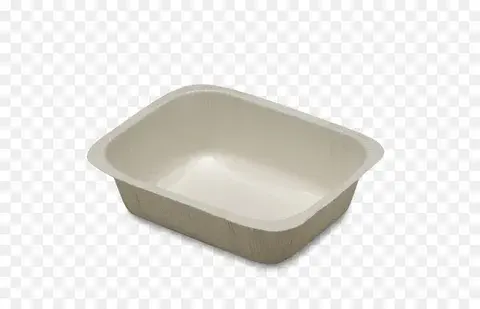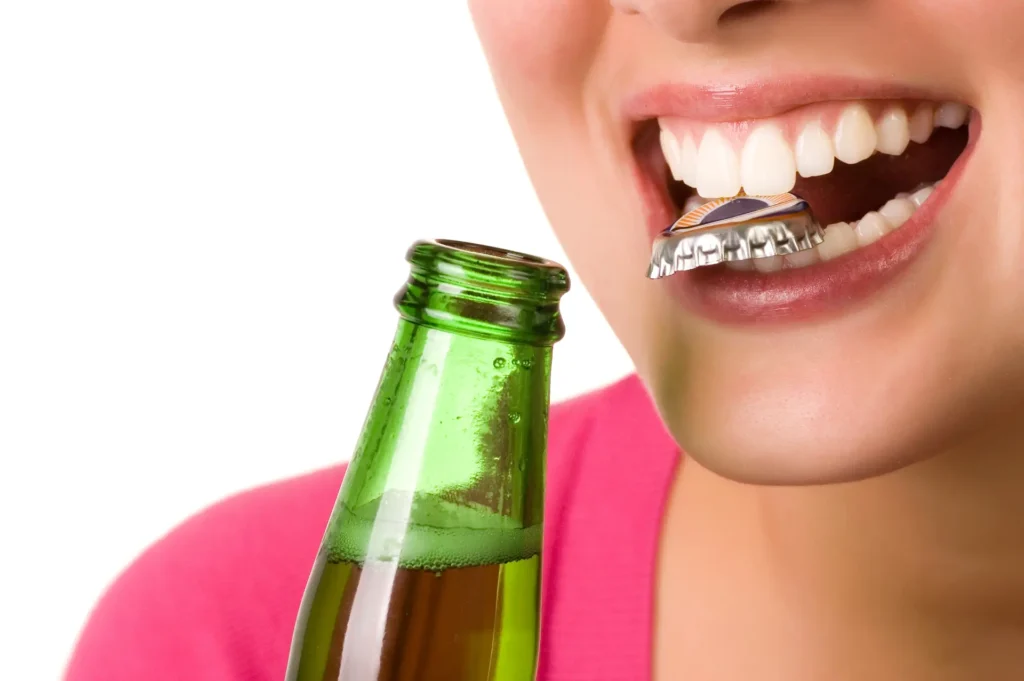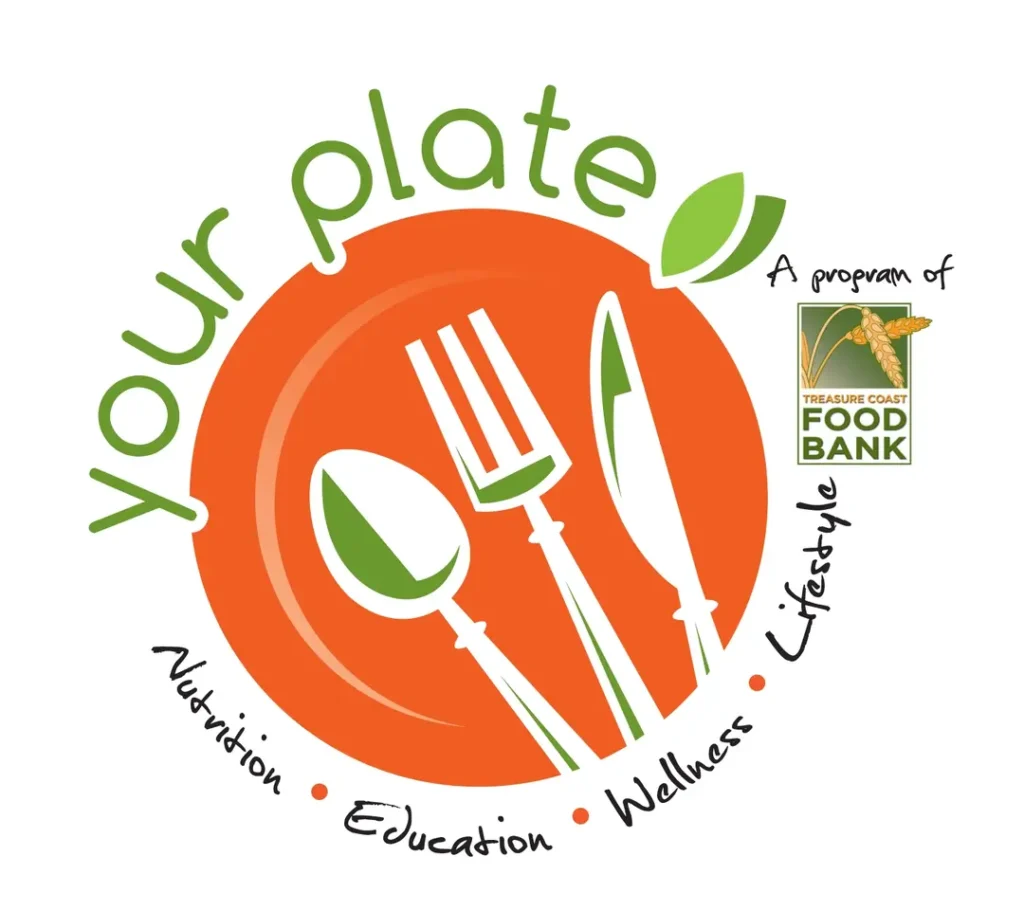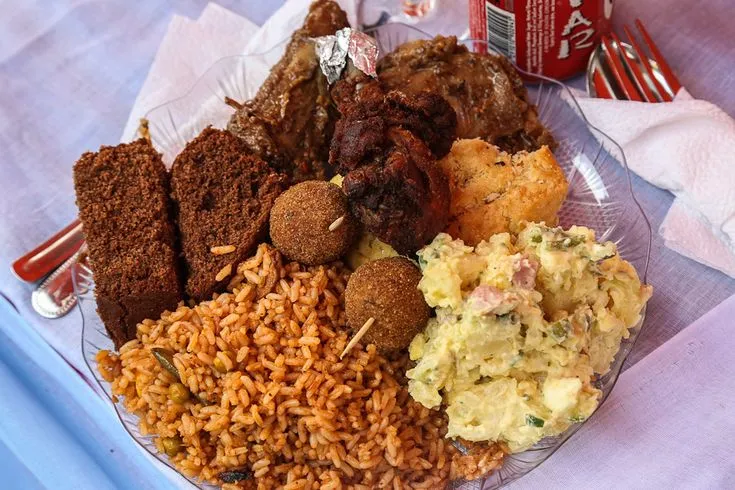If you’ve spent any time cooking, you know the importance of having the right tools.
And if you’re like me, you’ve probably seen a white food pan pop up in more than one kitchen display or social media post.
But is it just for show, or does it actually make a difference in your cooking?
I’ve been there, scrolling through a kitchenware website, wondering if I should add that sleek white food pan to my collection. After all, it looks elegant, clean, and promises some serious non-stick action. But let’s break down what really matters when it comes to investing in a white food pan.
Table of Contents
ToggleWhat Exactly is a White Food Pan?
You’ve probably guessed from the name — a white food pan is simply a pan with a white finish.
It’s usually ceramic-coated, giving it that smooth, clean look. This coating isn’t just for aesthetics. The ceramic layer helps create a non-stick surface that’s great for cooking with less oil, which can be healthier for you.
But here’s where people start asking questions:
Does the white ceramic coating last?
Is it actually better than traditional non-stick pans?
Let’s get into it.
Pros of a White Food Pan
Before diving into whether or not it’s worth your money, let’s chat about the advantages of a white food pan.
1. Aesthetically Pleasing
Let’s be real: it looks amazing.
A white food pan can elevate the look of your kitchen instantly. If you’re the type of person who loves a clean, minimalist vibe (or if you’re guilty of posting your meals on Instagram), this pan’s going to catch some attention.
2. Non-Stick Surface
One of the major selling points of a white food pan is the non-stick ceramic coating.
This makes it easier to cook with less oil, and food won’t get stuck as easily. Scrambling eggs or flipping pancakes becomes way smoother with minimal clean-up afterward.
3. Healthier Cooking
Since you don’t need as much oil or butter with a ceramic-coated pan, it’s ideal if you’re trying to make your meals a bit healthier. Less grease, less guilt.
4. Easy to Clean
Ceramic pans are generally easy to clean.
If you’ve ever dealt with a sticky mess on a regular pan, you’ll know how much time this saves. A simple wipe-down is often all you need.
Cons of a White Food Pan
I’ll be honest, it’s not all sunshine and rainbows with the white food pan. There are a few downsides that are worth considering.
1. Prone to Stains
As much as I love the look of a white pan, there’s one thing that bugs me: it’s easily stained.
Tomato sauces, certain spices like turmeric, and high-heat cooking can leave discolourations on the surface. So, while it starts out looking pristine, it might not stay that way forever.
2. Durability Issues
Ceramic coatings are great, but they can wear out over time, especially if you’re not careful.
Using metal utensils or cooking on too high a heat can damage the coating, leading to a less effective non-stick surface. Over time, the ceramic can also chip, which doesn’t look great either.
3. Not Ideal for High-Heat Cooking
If you’re someone who loves to sear meat or cook at high temperatures, a white food pan might not be the best option.
Ceramic doesn’t handle high heat as well as cast iron or stainless steel, so it’s better for lower temperature cooking. Keep that in mind before you try to get a perfect steak sear.
What Can You Cook in a White Food Pan?
Now, let’s talk about what this pan is actually good for.
Here are a few things that the white food pan excels at:
- Eggs: If you’re into scrambled, fried, or poached eggs, the non-stick surface makes it a breeze.
- Pancakes: No one likes pancakes that stick to the pan. A white food pan can help with that.
- Veggies: Lightly sautéed vegetables cook well in ceramic pans, especially if you’re trying to avoid extra oil.
- Delicate fish: If you’ve ever tried cooking fish and ended up with half of it stuck to the pan, you’ll love how non-stick ceramic can handle the job.
How to Care for Your White Food Pan
If you do decide to get a white food pan, caring for it properly is key to making it last.
Here’s how to keep it in good shape:
1. Use Wooden or Silicone Utensils
Metal utensils are a no-go with ceramic-coated pans.
They can scratch the surface and ruin the non-stick quality. Stick with wooden or silicone utensils to keep the coating intact.
2. Avoid High Heat
Like I mentioned earlier, ceramic pans don’t do well with high heat.
Stick to low or medium heat to avoid damaging the coating and keep the non-stick surface working effectively.
3. Hand Wash Only
I know, the dishwasher is tempting. But for a white food pan, hand washing is the way to go.
Using harsh detergents and high dishwasher heat can shorten the lifespan of your pan’s coating.
4. Clean Stains Right Away
If you notice any stains, clean them as soon as possible.
A mixture of baking soda and water can help lift stains without damaging the surface.
My Experience with a White Food Pan
So, I bought a white food pan a couple of years ago, and here’s my honest take:
It’s great for certain things — eggs, pancakes, sautéing veggies. And, yes, it does look fantastic in my kitchen. But I’ve learned that it’s not a pan for everything.
If you’re a fan of high-heat cooking or making dishes with a lot of bold colours (think curries or tomato-based sauces), you’ll probably run into staining issues.
And after a couple of years of use, I’ve noticed the non-stick surface isn’t quite as effective as it was when I first bought it.
That said, if you’re looking for a pan to use for lower heat cooking or lighter meals, a white food pan is definitely worth considering. Just be ready for some upkeep to keep it looking sharp.
FAQs: White Food Pan Edition
Q: Is a white food pan good for high-heat cooking?
A: No, it’s better suited for low to medium heat. High heat can damage the ceramic coating and reduce its non-stick properties.
Q: How do I clean stains off a white food pan?
A: A mixture of baking soda and water can help remove stains without harming the ceramic coating. Make sure to clean stains quickly to avoid long-lasting marks.
Q: Can I use metal utensils on a white food pan?
A: It’s best to avoid metal utensils. Stick to wooden or silicone utensils to protect the ceramic coating from scratches.
Q: Are white food pans dishwasher-safe?
A: While some may be labelled dishwasher-safe, it’s better to hand wash them to prolong the lifespan of the non-stick coating.
Q: What types of foods cook best in a white food pan?
A: Lightly sautéed vegetables, eggs, pancakes, and delicate fish are ideal for cooking in a white food pan. Heavier, high-heat dishes may not perform as well.
Final Thoughts: Is a White Food Pan Worth It?
At the end of the day, a white food pan can be a great addition to your kitchen if you know what to expect.
It’s perfect for low-heat cooking, looks fantastic, and offers healthier, non-stick cooking options. But if you’re someone who likes to cook at high temperatures or make bold, staining dishes regularly, you might want to think twice.
For me, it’s become a useful tool in the kitchen — but not the only one.
If you’re on the fence, weigh the pros and cons and think about your cooking style. That’ll help you decide if it’s the right fit for your kitchen.
One thing’s for sure: it’ll look great hanging up next to your other pans.




